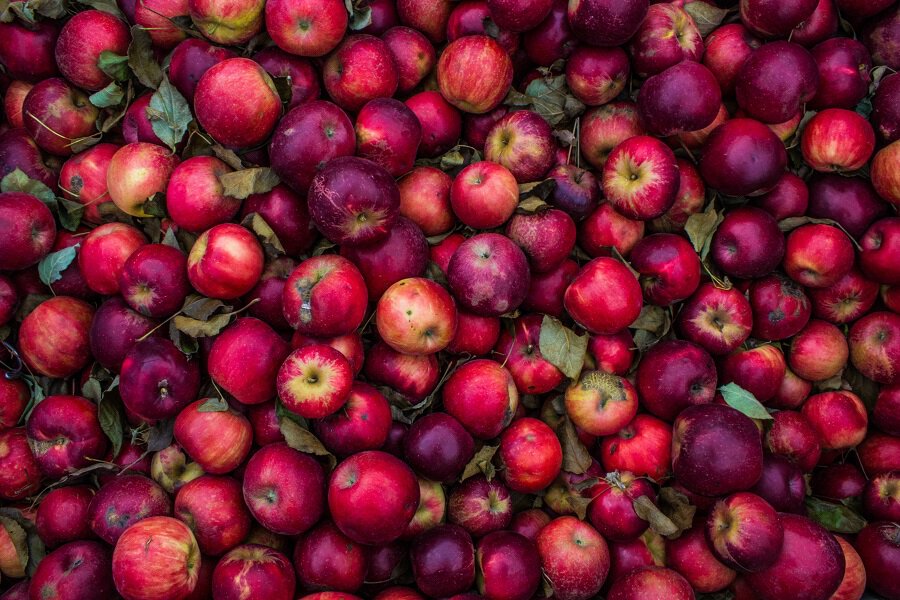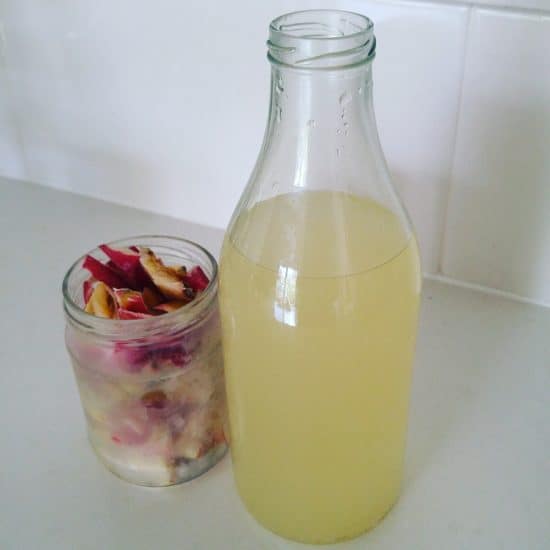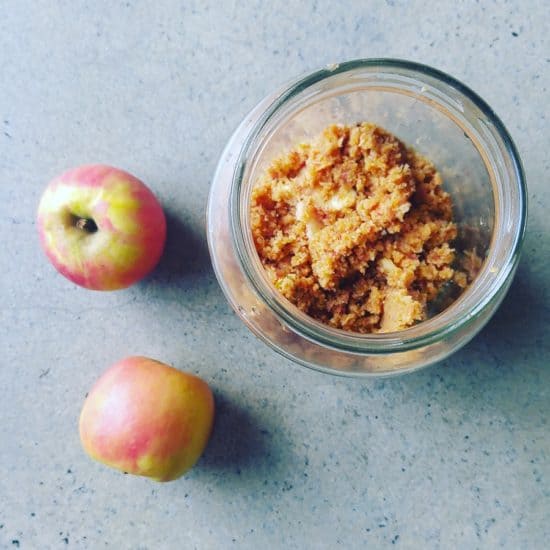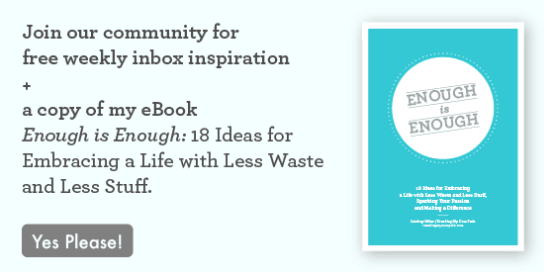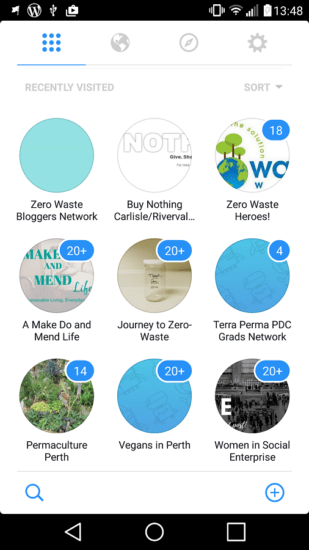8 Tips to Deal with Family/Friends Who Don’t “Get” Our Eco Choices
For anyone whose eyes have opened to the possibilities of embracing change, making better choices and aligning their actions with their values, it is a pretty exciting time. We want to charge full steam ahead towards our new goals. I am definitely from the “bull-in-a-china-shop” mold, and I’m sure I am not the only one among us!
Often when we decide to make changes, our families and friends are not at the same place.
We don’t want to trample others in our pursuit of what we perceive as “better”. We don’t want to drag them kicking and screaming behind us, or simply leave them behind. We definitely don’t want their distrust or negativity or lack of understanding to deflate us before we have even begun!
We want them to join in, or at least support or understand what we’re doing. The question is: how?
I do not profess to have all of the answers. Not by a long shot!
I have had my fair share of waste-related disagreements in my time! There are always work colleagues, friends and extended family who have different ideas.
This is a list of lessons learned, along with tips I’ve heard from others for dealing with family members, friends and colleagues who might not be quite on the same path… yet.

1. Remember that it is your journey, not theirs.
Everyone is on a journey, and we are all at different points. Sometimes we have to begin our journeys alone. It’s tempting when we’ve seen the potential to expect everyone else to come along too, but people aren’t always ready. Sometimes people need to find their own way, and come to their own conclusions.
Rather than trying to persuade them, or dragging them, or spotting all the flaws in their current situation, we can concentrate on our own journey. We can look at where we can improve our own choices. That’s the only thing we have guaranteed influence over: our own choices.
Whether others are supportive or skeptical; open- or close-minded; helpful or downright difficult; remember that this is your journey. Whilst their help and support would be great, you can do it without them, if you have to.
2. Rather than preaching, lead by example. Show, don’t tell.
No-one likes to be told what to do. Not only that, but people like to come to their own conclusions about things. Rather than preaching, I find it much better to quietly go about my business. It always makes me smile when I see others doing things of their own accord many months later that I’m sure I had some passive influence over. We have far more influence than we realise simply with the actions we take.
Telling people why you’re doing something is different to telling them what to do. You’re not stating why others should do something, just why you choose to do it. There’s no “this is right and that is wrong”, only what feels right and wrong for you. If people ask, be sure to tell them why! It’s a much better way to start conversations, and sow the seeds that might lead to change in others.
The better I know people and the closer they are to me, the more likely I am to push the limits of this. But this comes down to how well we know people, how well they know us …and what we think we can get away with! That’s not to say it’s the right thing to do. It’s just easier to slip into bad habits with people close to us. Be mindful of this!
3. Make it easy (but find balance).
If you want others to embrace your new ways, make it easy for them. The easier it is, the more likely they will be to get on board. Most people will revert to the easiest option – so make it the one you want! If you’re in charge of the household budget, do the shopping, pack the lunches etc, then you are in a great place to make it easy for others. If not, see what tasks you can take on.
However, realise that others in your household might be happy to support you whilst you’re the one making all the effort, they might never take on the habits themselves. Support is not the same as commitment, and we must be careful not to confuse the two! The question is, how far are we willing to go, and what compromises will we have to make? However far you feel you can go, that is enough.
There is no point in doing everything for everybody and resenting them for it, or making ourselves feel tired, stressed and overworked. There is no point doing everything if it feels like a chore and makes us miserable. We all have differing amounts of free time, differing amounts of energy and of course, different friends and family with differing needs! There has to be balance.
4. Make it fun!
If you’re trying to persuade others to embrace your journey or be more supportive and understanding, keep things positive. Share your good experiences, do things that you find fun and keep your enthusiasm running. Let them get involved with the parts that they find fun and keep them away from the things you know they won’t.
That’s not to say it will always be easy, or that you’ll always feel like smiling. Just be careful not to burden those less supportive with these feelings, if you can. You don’t want to give them any reason to think it isn’t worthwhile, or to reinforce any ideas they might have that it is all too hard.
5. Find a support network that understands and can support you.
Everyone needs a support network. We all need a place to share our struggles, celebrate our successes and debrief or vent! If you don’t want to burden friends and family, look further afield. Look in your local community for groups or meet-ups where you can find like-minded people. If you’d rather find an online community, seek out forums or a Facebook group, or start your own.
There will be like-minded people who are going through exactly the same things as you, and you just need to find them! Being able to share with them will take a lot of pressure of your shoulders – which ultimately, will keep you motivated to keep on going.
6. Time is always on your side.
Changing habits takes time. Sometimes others will be skeptical of our grand new ideas, particularly if we are those people who have “grand new ideas” at the rate of a couple a week! Friends and family might want to sit it out, and see if this grand new idea of ours is indeed a flash-in-the-pan, before committing themselves.
Time is always on our side. Time for others to accept what we are doing, and to join in. Time for us to gain more skills and confidence. Time for others to watch what we are doing, and draw their own conclusions. Time for us to find our own way, and make a path for others to follow.
7. Don’t waste your energy on the naysayers.
Sometimes, people just won’t be convinced. We can share and encourage and support all we like, but they just ain’t budging. If you have somebody in your family or friendship circle (or a work colleague) who fits firmly in this category, let it go. There are plenty of positive places to put your energy into, so let’s not be drawn to arguments that will just leave us frustrated, depleted and angry.
8. People over things. Relationships over ideology.
One of my readers shared this with me, and I loved it! When you’re having an argument with your loved one about some seemingly-important-yet-at-the-same-time-relatively-trivial matter, I think this is important to remember. Arguments such as, because they popped to the shops but forgot their reusable produce bags and picked up a paper mushroom bag that they promised they will re-use, but you’re cross because it isn’t zero waste (ahem, guilty!).
We don’t choose our partners or friends based on their awesome ability to remember their reusable bags on all occasions. If we are lucky they will strive to do their best, and their best might still mean forgetting reusable bags once in a while.
It isn’t as if we are perfect! It’s better to try not to let a paper bag or other trivial matter get between our relationships and cause friction. In the moment, I don’t always remember. Still, I am trying.
The most important thing for me when it comes to relationships is that we share the same values. Broadly, we prioritise the same things, we care about the same things and we believe in the same things. How that pans out day-to-day on a practical level doesn’t need to be the same.
Let’s not sweat the small stuff.
Now I’d love to hear from you! Have your family and friends been supportive of your journey? Were they on board from the start, or did they take time to adjust to new ideas? Are they still struggling with it? Were there others close to you that began their journey before you, and you were the skeptical one who changed their mind? If so. what made you change? What tips do you have for dealing with others? Do you have any new ones to add? Have you found any of these worked particularly well – or perhaps they didn’t work at all? Any that you agree with in principle but struggle with in practice? Anything else that you’d like to add? Please tell me your thoughts in the comments below!
[leadpages_leadbox leadbox_id=1429a0746639c5] [/leadpages_leadbox]


